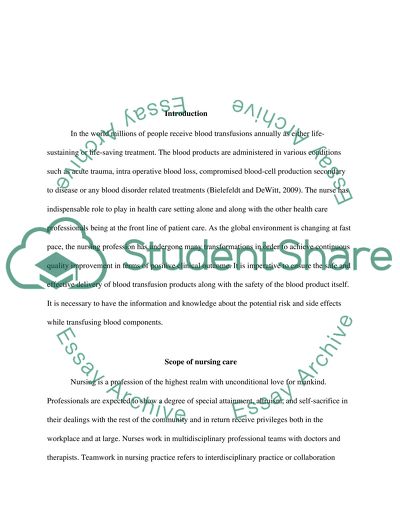Cite this document
(“Best Nursing Practices when Transfusing Blood Products Research Paper”, n.d.)
Best Nursing Practices when Transfusing Blood Products Research Paper. Retrieved from https://studentshare.org/nursing/1572338-best-nursing-practices-when-transfusing-blood-products
Best Nursing Practices when Transfusing Blood Products Research Paper. Retrieved from https://studentshare.org/nursing/1572338-best-nursing-practices-when-transfusing-blood-products
(Best Nursing Practices When Transfusing Blood Products Research Paper)
Best Nursing Practices When Transfusing Blood Products Research Paper. https://studentshare.org/nursing/1572338-best-nursing-practices-when-transfusing-blood-products.
Best Nursing Practices When Transfusing Blood Products Research Paper. https://studentshare.org/nursing/1572338-best-nursing-practices-when-transfusing-blood-products.
“Best Nursing Practices When Transfusing Blood Products Research Paper”, n.d. https://studentshare.org/nursing/1572338-best-nursing-practices-when-transfusing-blood-products.


